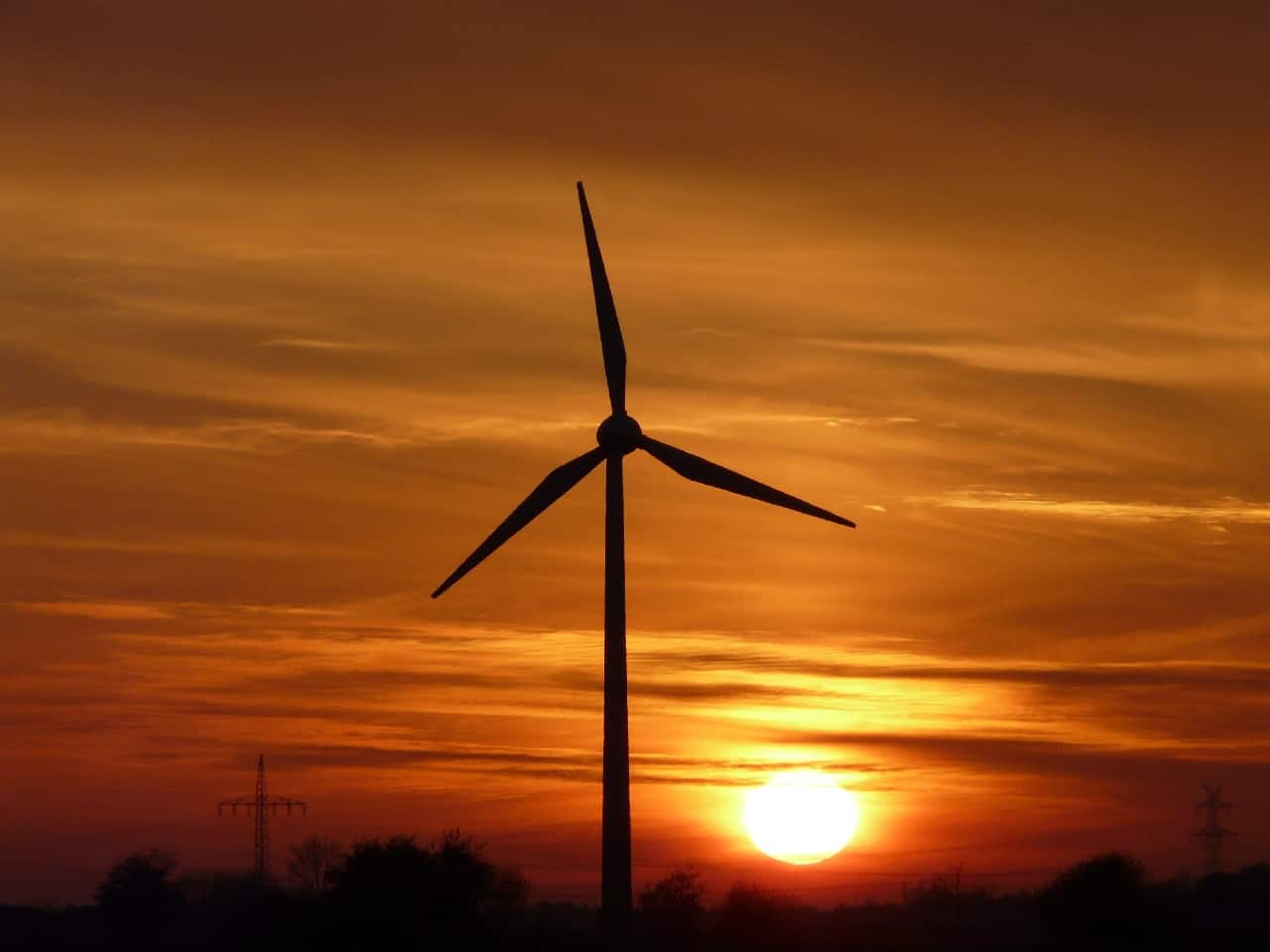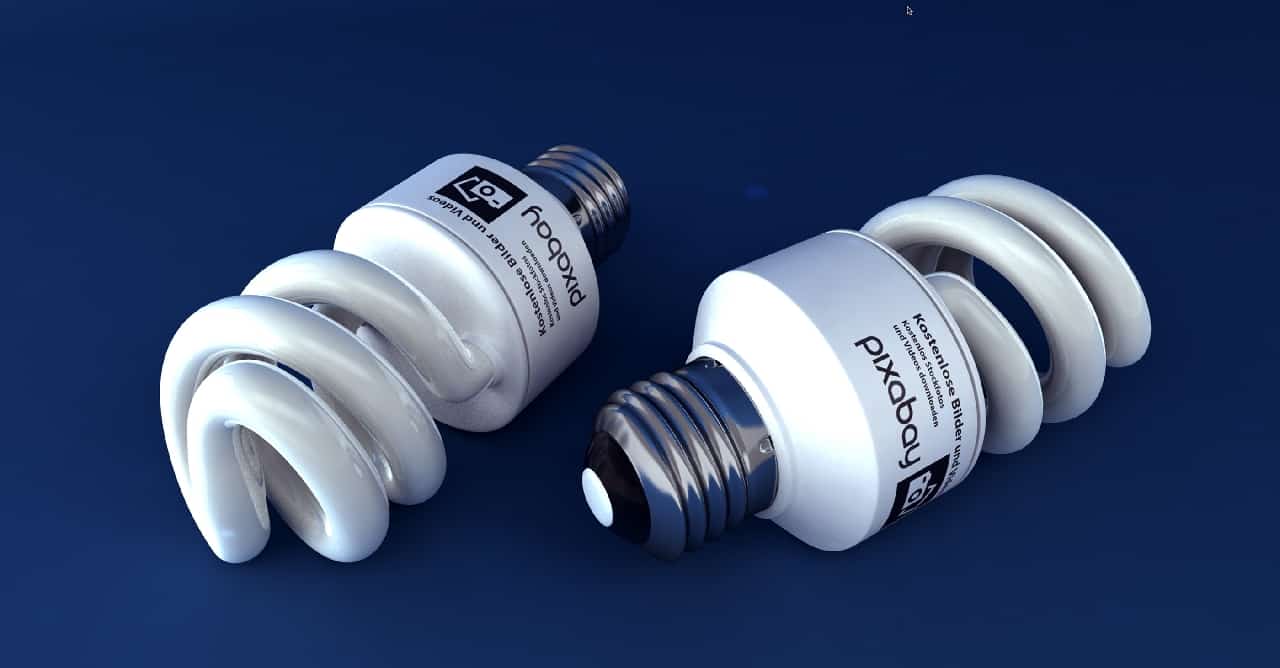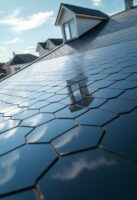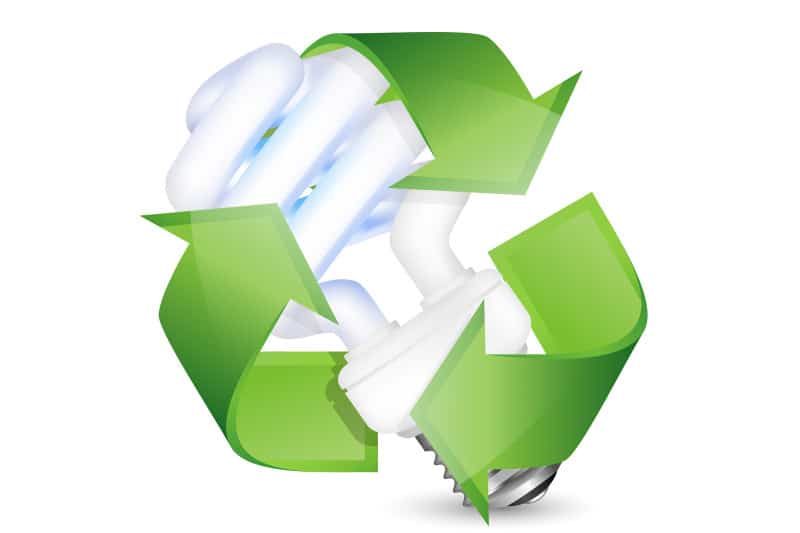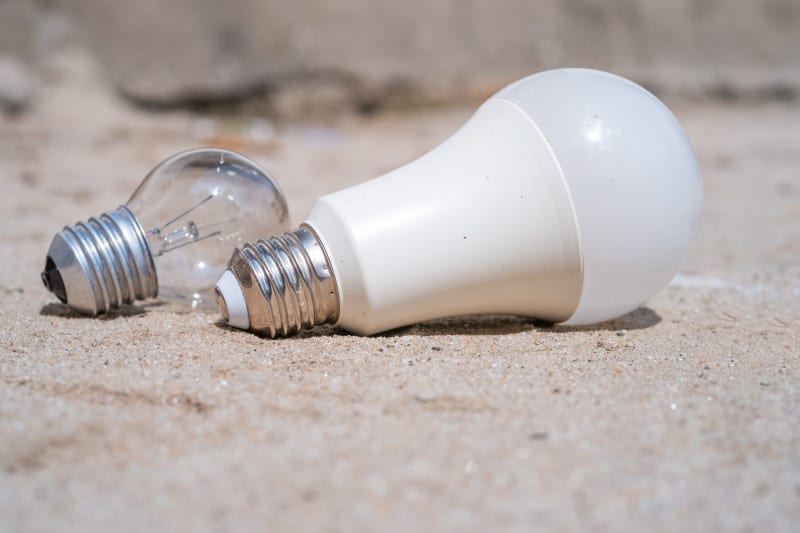With the world moving more towards a sustainable society, it’s more important than ever to save energy even while enjoying your life. This blog will look at some of the creative ways that will help you to save energy.
There are many creative ways to save energy, some of which include:
- Add aerators to your faucets
- Add an insulating blanket / jacket (especially to older water heaters)
- Adjust your thermostat according to the time of day
- Air-dry dishes instead of using your dishwasher’s drying cycle
- Insulate Your Attic / Loft
- Insulate heat pipes with foam pipe covers
- Insulate heating ducts
- Cover open keyholes to avoid heat loss
- Leave your basement door open if heated
- Seal air leaks
- Use solar light bulbs
- Use a smart thermostat
- Invest in solar roofs
- Switch out incandescent lights
- Use Foam Window Seals
- Use your electric kettle to boil water instead of a microwave
- Wash clothes with cold water
- User dryer balls (if you have to use the dryer)
- Use ENERGY STAR-qualified CFL and LED bulbs
- Use a microwave or toaster oven instead of your conventional oven to save energy
- Use smart power strips
- Replace older home appliances with energy-efficient models
- Install low-flow shower heads
- Invest in a tankless water heater
- Clean the dryer lint filter to save energy
- Weather-strip Doors & Windows
- Draught proof your property
1. Add aerators to your faucets
Adding aerators to your faucets is a great way to conserve water and save money on your monthly water bill.
Aerators add air to the stream of water, which makes the water flow more slowly. This allows you to use less water while you are still able to accomplish tasks such as washing dishes or brushing your teeth.
Installing aerators is a simple process and can be done in just a few minutes.
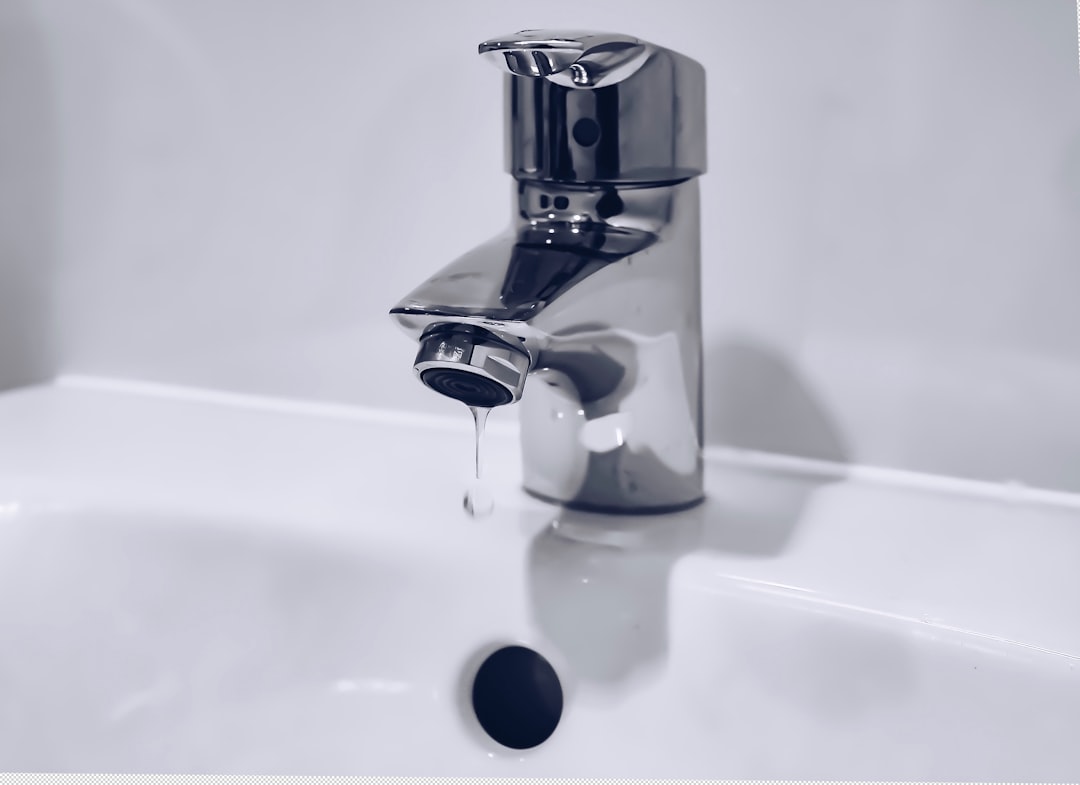
2. Add an insulating blanket / jacket (especially to older water heaters)
Adding an insulating blanket to an older water heater can help keep the water hotter for a longer period of time.
The insulation jacket helps trap the heat around the tank, which keeps the water warmer.
It’s recommended that you use a thickness of at least 3 inches (or around 80mm).
This is especially beneficial in colder climates, where keeping the water heated can be more challenging, and therefore end up costing you more money to keep warm.
Older water heaters may not have as much insulation as newer models, so adding a jacket can make a big difference. There are many different types of insulation jackets available, so it is important to find one that is best suited for your needs.

3. Adjust your thermostat according to the time of day
It’s summertime and the weather is heating up, but are you still adjusting your thermostat according to the time of day?
If not, you should be! Keeping your home at a comfortable temperature can save you money on your energy bill, and it’s easy to do by following these tips.
During the daytime, when you’re likely to be home, set your thermostat to around 78 degrees.
When you’re going to bed or leaving the house, lower the temperature by about 10 degrees so that you’re not paying to warm your entire house whilst you’re kept warm with your natural body heat under your duvet.
If you have a programmable thermostat, setting it to “fan only” at night can also help reduce your energy bill.

4. Air-dry dishes instead of using your dishwasher’s drying cycle
Dishwashers use a lot of energy. A dishwasher’s drying cycle uses even more energy.
Air-drying your dishes instead of using the dishwasher’s drying cycle can save you a lot of energy.
It is also good for the environment because it reduces the amount of water that needs to be used.

5. Insulate Your Attic / Loft
Adding insulation to your attic is a great way to keep your home warm in the winter and cool in the summer.
It can also help you save money on your energy bills. There are many different types of insulation available, so be sure to choose one that is best suited for your needs.
Plywood and fiberglass batts are the most common type of insulation. Another option is foam board insulation.
There are many types of loft insulation on the market, all with their own benefits and drawbacks.
The most important factor to consider when choosing insulation is the climate you live in, as this will determine which type of insulation is best for your home.
In a cold climate, it is important to choose an insulation that can keep heat in your home. In a warm climate, you’ll want an insulation that can keep the air conditioning in your home.
The most common type of loft insulation is fiberglass batting, which comes in rolls or panels. It is easy to install and relatively cheap, but it doesn’t offer much thermal protection and can be prone to moisture damage.
Another option is blown-in cellulose insulation, which is made from recycled paper products. It is effective at stopping heat loss and noise transmission, but can be expensive to install.
An alternative to fiberglass and blown-in cellulose is sprayed-in polyurethane foam. It offers excellent thermal protection, but it can be expensive to install and difficult to work with.

6. Insulate heat pipes with foam pipe covers
If you’re looking for a way to keep your home warm this winter, you may want to consider insulating your heat pipes with foam pipe covers.
This is an affordable and easy way to help keep your energy bills down, and it can be done in just a few minutes. All you need is some foam insulation and a pair of scissors.
First, cut the insulation to size and wrap it around the pipe. Make sure to cover the entire pipe, including the ends. Then use a sharp pair of scissors to cut off any excess insulation.
Finally, use duct tape or electrical tape to secure the insulation in place.

7. Insulate heating ducts
Heating ducts are often located in unheated areas of the home, such as attics, basements and crawl spaces. This can lead to a loss of heat and increased energy bills.
Insulating heating ducts can help to keep the heat in the ducts and reduce energy bills.
To insulate a duct, first remove the existing insulation. Then remove the vent cap and install a piece of foam roll insulation in the hole.
Finally, replace the vent cap and secure it with either duct tape or electrical tape. Seal insulation gaps with caulk.
This can be done by filling in any gaps between the existing ductwork and the outside wall or ceiling and then covering the gap with caulk.
8. Cover open keyholes to avoid heat loss
Another way to keep your home warm in the winter is to cover any open keyholes. Keyholes are a common place for heat to escape from your home.
It is important to keep them covered so that heat will not escape from your home. You can buy keyhole covers that are made of metal or plastic and place them in your keyholes.
They are inexpensive and quite easy to install.

9. Leave your basement door open if heated
If your basement is heated, it’s a good idea to leave the door open so the warm air can rise and circulate throughout the rest of your home.
This will help keep the rest of your house warm, and it will also prevent moisture from building up in the basement.
If your basement is not heated, however, you should leave the door closed so heat from your house doesn’t escape.
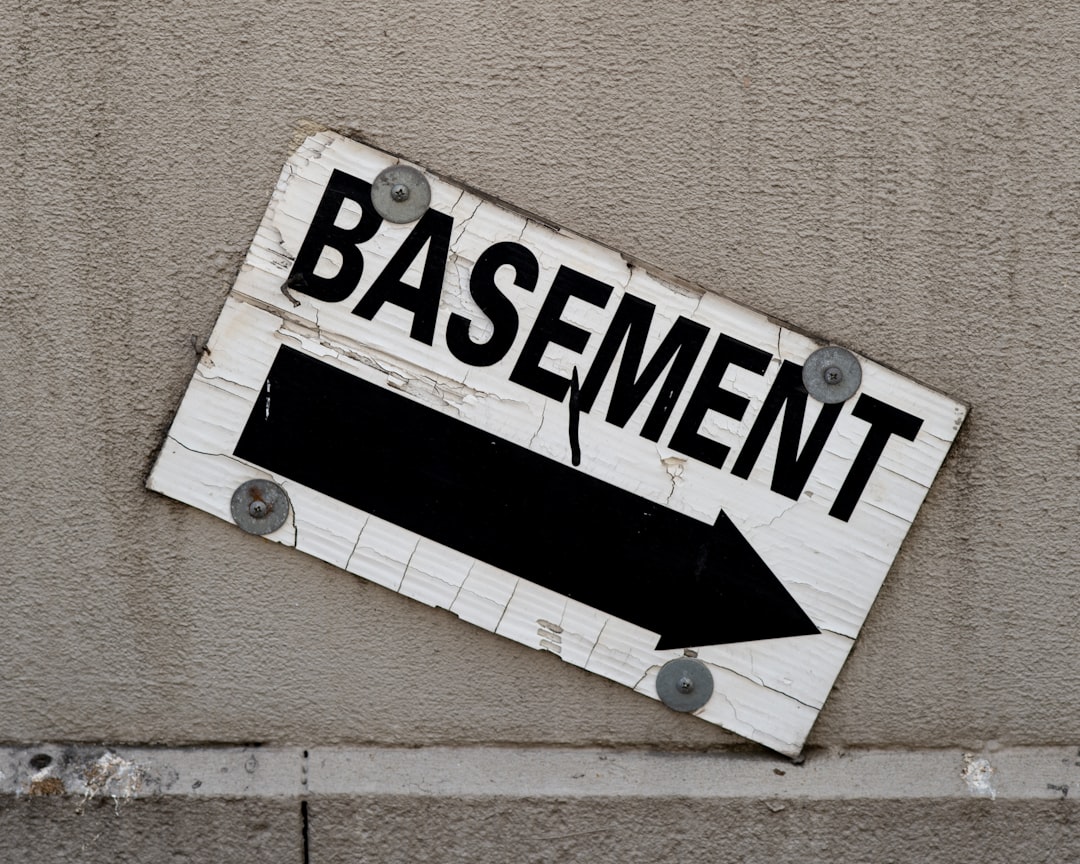
10. Seal air leaks
Another simple way to save money on wasted energy is to seal air leaks in your home. Air leaks can account for up to 30% of your energy bill, so plugging them up can really add up.
The best way to find air leaks in your home is to use an air leakage detector. This device tells you where the air in your home is leaking out.
Once you have identified the areas where air leaks are occurring, you can seal them up with caulking, foam insulation, or weather stripping.
Making your home more energy-efficient can save you money on your energy bills and help reduce your carbon footprint.

11. Use solar light bulbs
There are many benefits to using solar light bulbs over traditional incandescent bulbs. Solar light bulbs use less energy, which can save you money in the long run. Additionally, they emit a lower level of heat, meaning they’re safer to operate and less likely to cause fires.
When shopping for solar light bulbs, make sure to choose ones that meet your specific needs. For example, if you want a bulb that will give off a bright white light, look for models that are designed for this purpose.
You can also choose based on the type of environment in which you’ll be using the bulb. For instance, if you live in an area with plenty of sunlight, go for a model that uses solar energy to produce light instead of relying on artificial means like fluorescent or LED lights.
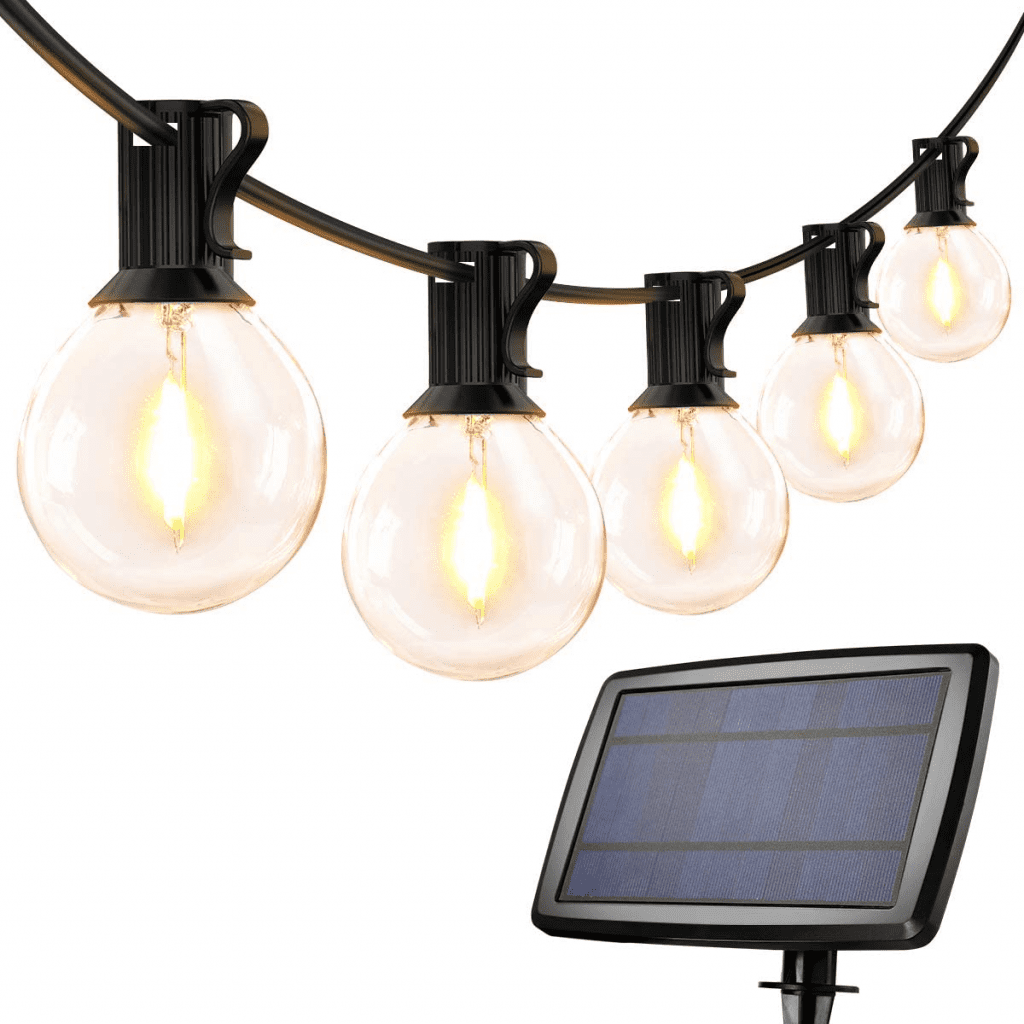
12. Use a smart thermostat
A thermostat is a household device that helps manage the temperature of a room or building. The traditional thermostat has a dial that can be turned to increase or decrease the temperature.
Smart thermostats are digital thermostats that can be controlled remotely with a smartphone or computer. Smart thermostats can save energy by automatically turning off when no one is home and turning on before you wake up or come home.
They can also be programmed to turn off when a set temperature is reached, so you don’t have to keep adjusting the thermostat.
If you’re considering a smart thermostat, be sure to read the reviews first. While doing research on these, I found that some people have had trouble with them not working properly or connecting to the internet.

13. Invest in solar roofs
Solar roofs are a great way to invest in renewable energy. Not only do they provide clean, sustainable power, but they can also save you money on your energy bills.
Solar roofs are made of photovoltaic material that is installed on the roof of your home or business. Solar panels absorb sunlight and convert it into electricity. A solar roof can be connected to your home’s electrical system or it can be detached and used as a standalone unit by itself.
While they do require initial investment, they can pay for themselves over the long term. The average solar roof costs range from around $35,000, and depending on the size of your roof and how complex it is, can go for upwards of $60,000.
While this is not by any means inexpensive, it should be seen as a long-term investment as well as a way to save money on your overall energy bills in the long-run.
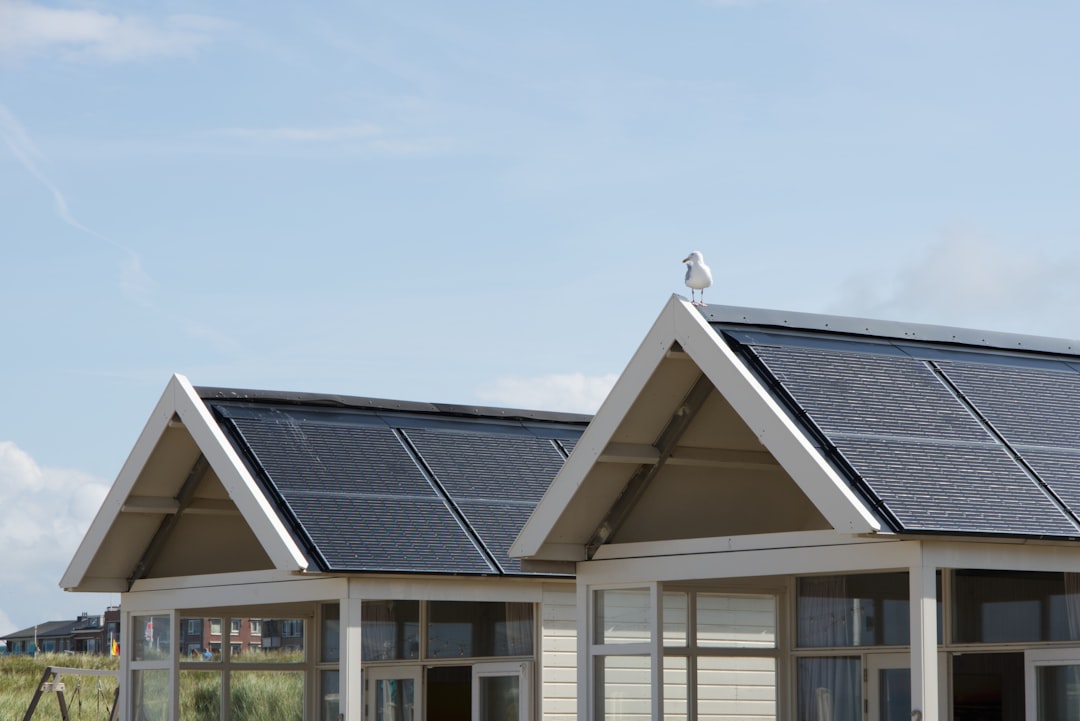
14. Switch out incandescent lights
In 2007, the Energy Independence and Security Act was enacted in the United States with the goal of reducing energy consumption.
One way to reduce energy consumption is to switch out incandescent lights for more efficient light bulbs such as CFLs or LEDs.
LEDs use about 75% less energy than incandescent bulbs and can last 25 times longer.
CFLs, on the other hand, use up to 35% less energy than traditional incandescent bulbs.
The average lifespan of a CFL bulb is around 8000 hours when compared to LED’s, which can last up to a staggering 25,000 hours.
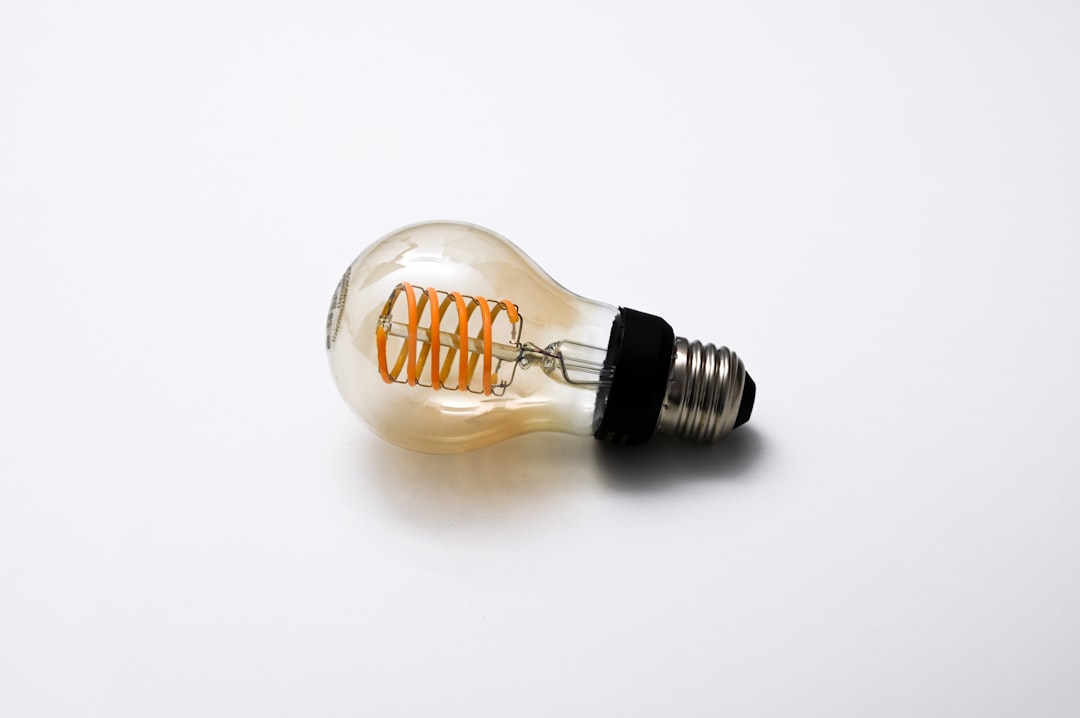
15. Use Foam Window Seals
Foam window seals can help conserve energy in your home by reducing air leakage. This can result in a decrease in your home’s energy consumption.
Window seals are available in different thicknesses and can be installed in single or double pane windows. They are typically easily removable and washable.

16. Use your electric kettle to boil water instead of a microwave
If you’re looking to save time and energy in the kitchen, you may want to start using your electric kettle to boil water instead of the microwave.
Here are a few reasons why:
Electric kettles are faster than microwaves. A full kettle of water can reach a boil in under five minutes, while it can take up to 10 minutes for a full microwave.
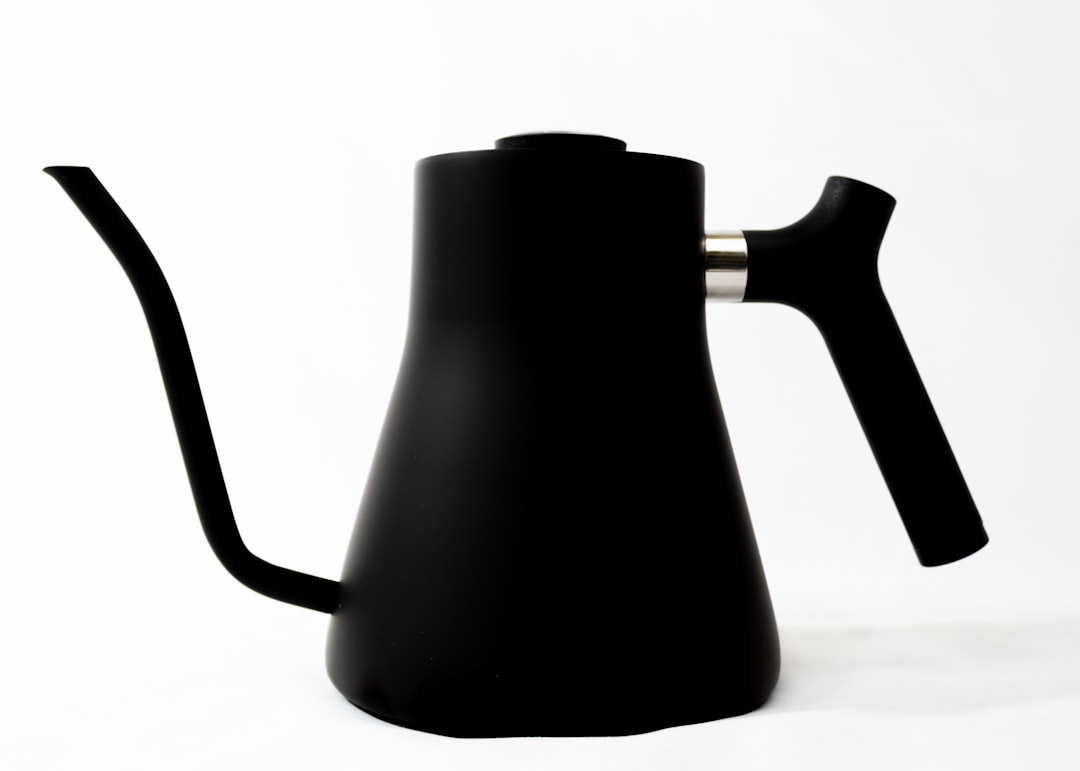
17. Wash clothes with cold water
Most people think that in order to get their clothes clean, they need to use hot water. However, this is not the case.
Washing your clothes with cold water is more energy-efficient than using hot water, and will therefore save you money on your utility bills.
Nearly 90% of the energy used to wash clothes is for heating the water.
Heating water can account for up to a third of a household’s energy use. So washing clothes in cold water can save you both money and energy thus reducing your carbon footprint.
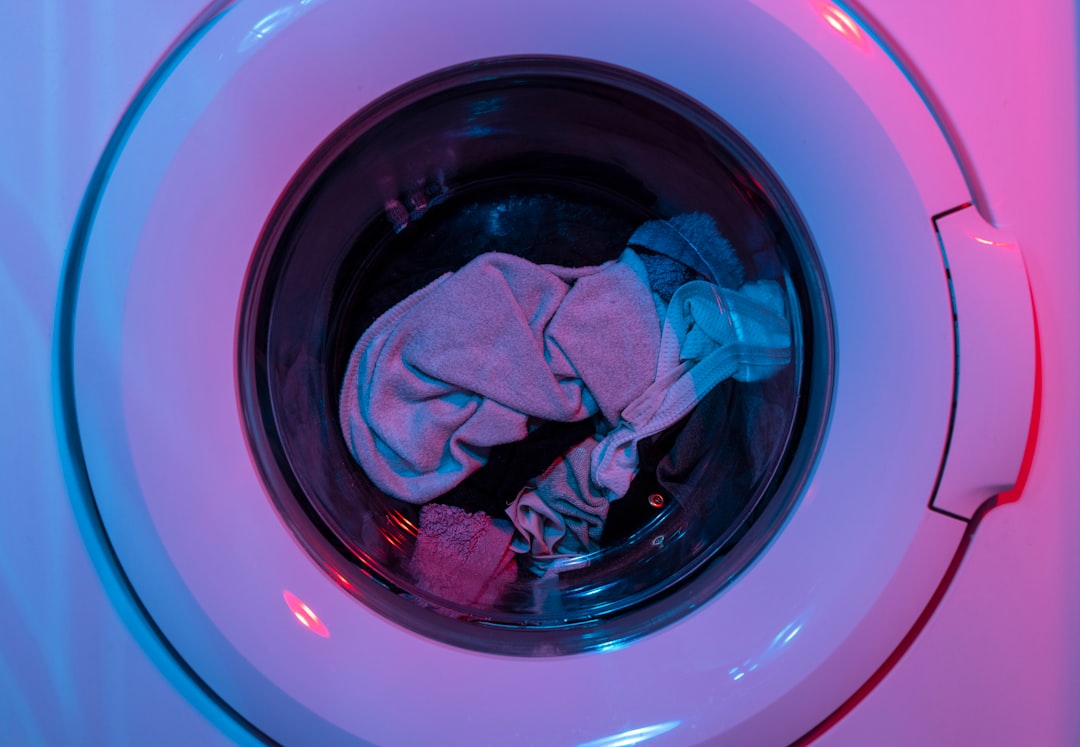
18. User dryer balls (if you have to use the dryer)
Energy saving dryer balls are a natural and eco-friendly way to dry your clothes.
They are usually made of wool and work by absorbing the moisture in your clothes, which reduces the time it takes to dry them.
They also help to soften your clothes and can be reused many times over.
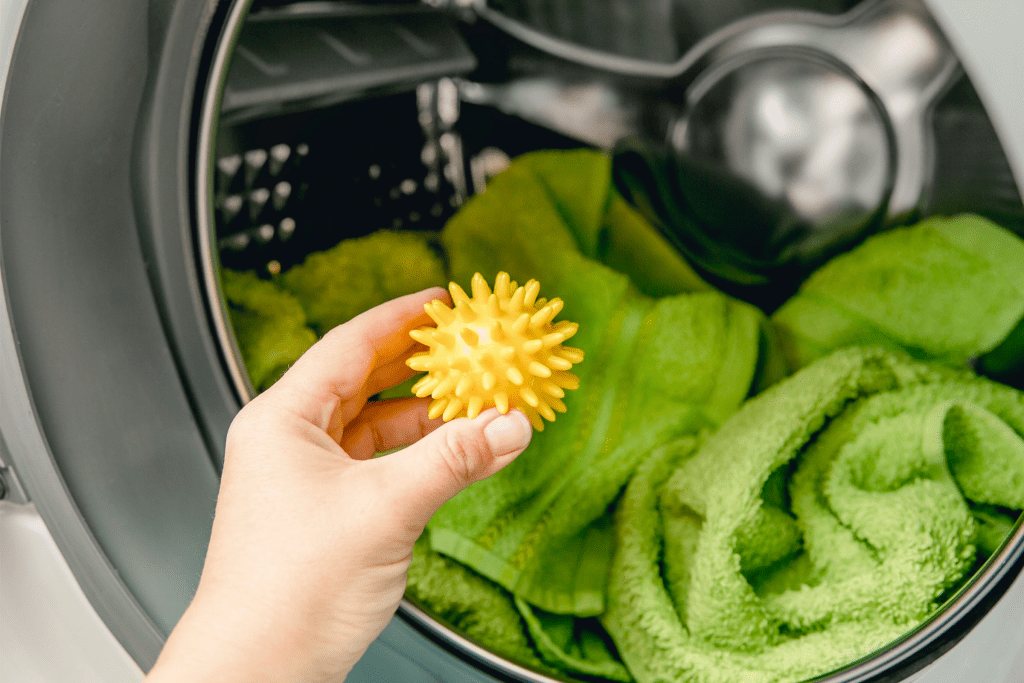
19. Use ENERGY STAR-qualified CFL and LED bulbs
CFL and LED bulbs are both more energy-efficient than traditional incandescent light bulbs.
Depending on the model, CFL and LED bulbs can use anywhere from 1/3 to 2/3 of the energy required to produce the same amount of light as a traditional incandescent bulb.
They also last far longer, meaning that you will save money on your utility bills over time.
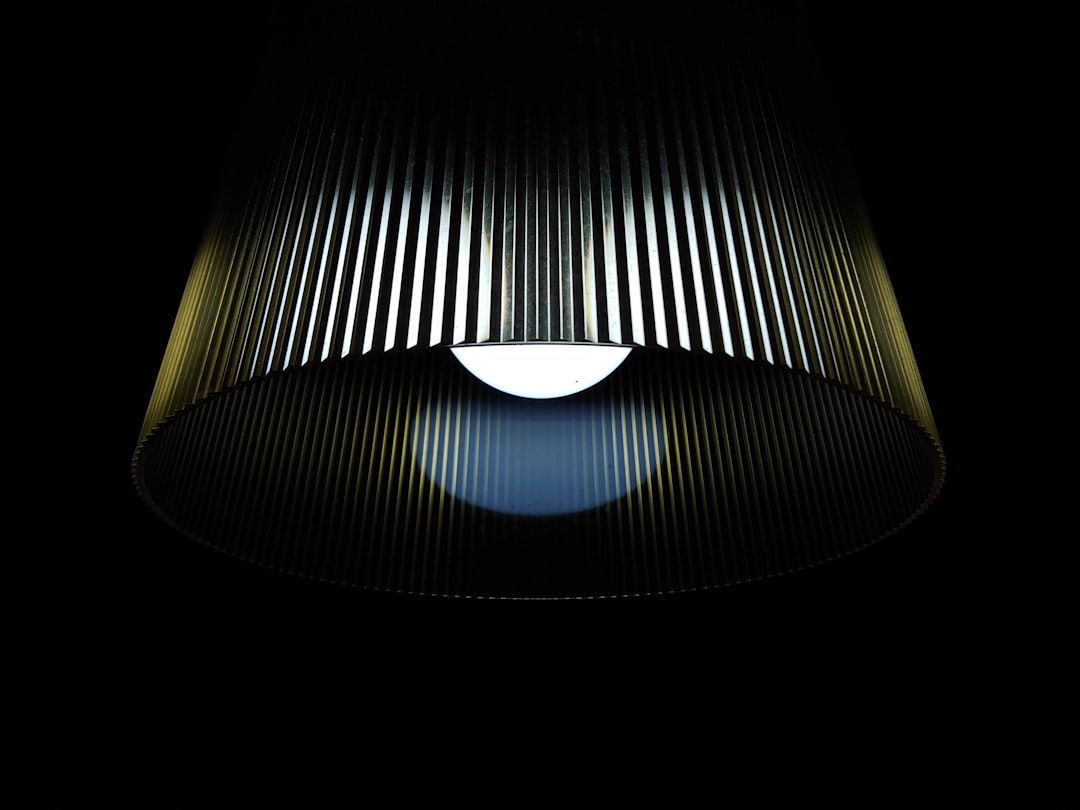
20. Use a microwave or toaster oven instead of your conventional oven to save energy
Conventional ovens can use up to five times more energy than a microwave or toaster oven.
If you’re looking to save energy and money, consider using a microwave or toaster oven instead of your conventional oven.
Microwaves and toaster ovens use much less energy than regular ovens, so you’ll save money on your energy bill. They also cook food more quickly, so you’ll save time in the kitchen.
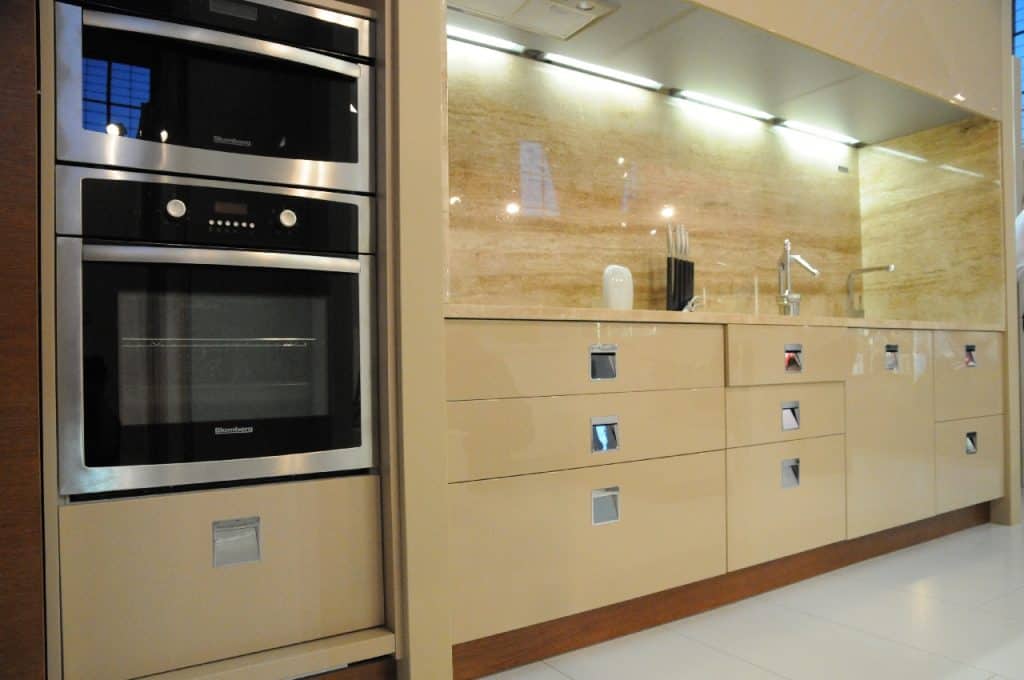
21. Use smart power strips
It’s easy to see the appeal of a smart power strip. After all, who wouldn’t want to be able to control all of their electronics with the touch of a button?
But are smart power strips really worth the investment? Here are four reasons why you should use a smart power strip in your home.
1. Smart power strips can help you save money on your energy bill.
Most people don’t think about their energy bill until it’s too late.
By then, they’ve already racked up a large bill that they have to pay. However, there are ways to help reduce your energy bill.
One way is to buy a smart power strip.
Smart power strips can help you save money on your energy bill by turning off the devices that are not in use. This can help reduce the amount of energy you use and, as a result, lower your energy bill.
2. Smart power strips can make it easier to organize your electronics.
Are you one of those people who has a lot of electronics?
If you are, then you know that it can be difficult to keep everything organized. Thankfully, there is a way to make things a little bit easier. All you need is a smart power strip.
What is a smart power strip?
Essentially, it is just like any other power strip, but it has some extra features.
For example, many smart power strips come with built-in timers. This means that you can set the strip to turn off or on at certain times of the day. This can be great for saving energy and money.
3. Smart power strips can make it easier to control your electronic devices.
Most people have a lot of electronic devices in their home: TVs, computers, printers, phones, and tablets to name a few.
Each of these devices has a power cord that needs to be plugged into an outlet. If you have a lot of devices, then you might have a lot of cords plugged into outlets.
This can make it difficult to find an open outlet and can also create a lot of clutter. Smart power strips can help with both of those problems.
Many smart power strips come with a remote control. This means that you can turn devices on and off from anywhere in the house. This is great for when you’re trying to watch a show but don’t want to get up from your chair.
4. Smart power strips can help you protect your electronic devices from surges and spikes in voltage.
Smart power strips usually have built-in surge protection and voltage monitoring capabilities, which helps to keep your devices safe from sudden changes in voltage.
If you are not using something that has surge protection then these sudden changes in voltage can damage your devices and can cause them to stop working.

22. Replace older home appliances with energy-efficient models
As your home appliances reach the end of their lifespan, you should consider replacing them with newer, more energy-efficient models.
While the initial cost of purchasing new appliances may be daunting, the long-term savings can be significant.
In fact, if all of your home appliances are 10 years old or older, replacing them with newer models could save you up a considerable amount of money on energy bills over the course of a year.
Manufacturers have made great strides in recent years in developing more energy-efficient appliances, so there’s no need to sacrifice performance for efficiency.
Many of the latest models are just as powerful as older models but use significantly less energy.
23. Install low-flow shower heads
In the United States, the average person uses around 70 gallons of water per day.
About 30% of that water is used in the bathroom, with the majority being used for showering. By installing a low-flow shower head, you can reduce your water usage by 25-50%.
There are a number of different low-flow shower heads on the market. Some work by using air to create a mist, while others use smaller nozzles to direct the water onto your body.
Whichever type you choose, make sure it is rated to deliver 2.5 gallons or less per minute to ensure you are saving a good amount of water.
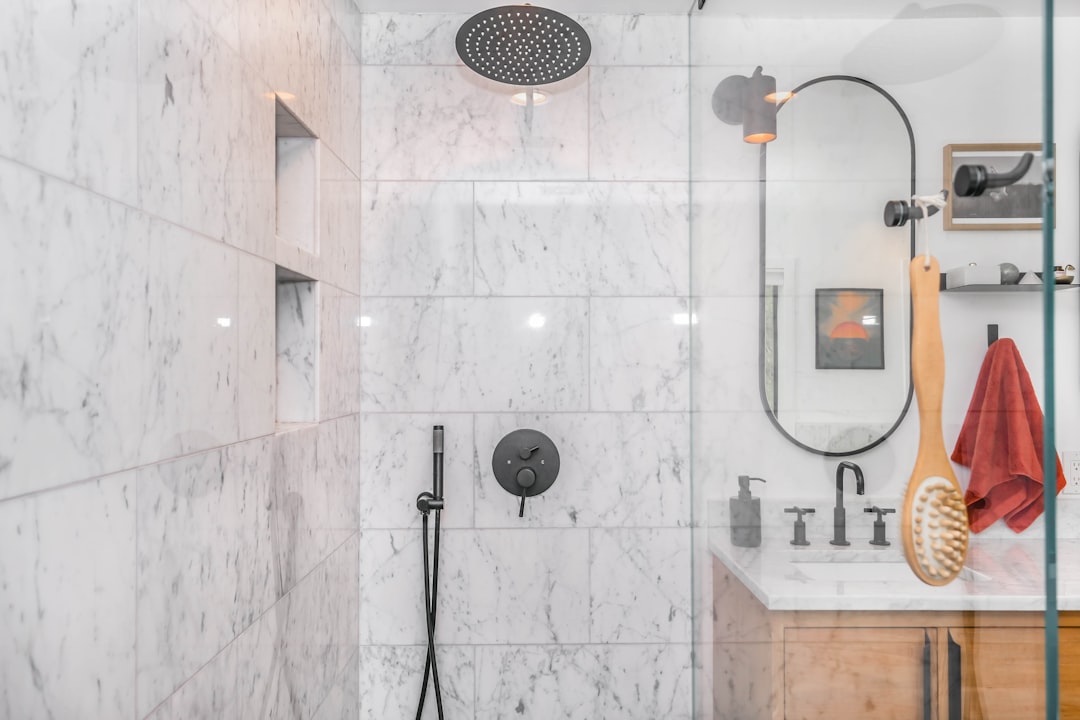
24. Invest in a tankless water heater
Tankless water heaters are becoming more and more popular in the United States and around the world.
They are a great investment because they can save you money on your energy bill and they last longer than traditional water heaters.
A tankless water heater heats the water as it is needed, which means you never have to worry about running out of hot water. They also take up less space than traditional water heaters and use less energy.
Depending on the amount of hot water used in your household daily, tankless water heaters can can be as much as 34% more energy efficient when compared to conventional storage tank water heaters, according to US Department of Energy.
25. Clean the dryer lint filter to save energy
The dryer is one of the most energy-intensive appliances in the home, so it’s important to keep it running as efficiently as possible if you have little choice but to use it.
One way to do that is to clean the lint filter after every load of laundry.
Dried lint can block the air flow in the dryer and cause it to heat up more than necessary. Cleaning the lint filter will not only save you energy, it will also keep your dryer running smoothly and more efficiently.
26. Weather-strip Doors & Windows
Weather-stripping is a great way to help keep your home cooler in the summer and warmer in the winter.
It can be installed around doors and windows, and it is a relatively easy process.
The first step is to measure the opening that you want to weather strip. Once you have the measurements, you can purchase weather stripping that is the appropriate size.
Next, you will need to remove the old stripping from around the opening. This can usually be done by using a screwdriver or a knife. Then, you will need to attach the new stripping in its place. Most weather stripping comes with adhesive backing, so it is easy to do this.
Finally, test out your new weather stripping by closing and opening the door or window several times. If it seems like it is not fitting properly, make some adjustments until it does.
27. Draught proof your property
Draft proofing is the process of making a building more resistant to the entry of cold air, wind, and moisture. In most cases, this is done by installing weather stripping around doors and windows, and by caulking any cracks or crevices in the building envelope. By doing so, you can save on heating costs, and you can keep the cold air out of your home.
There are a few things that you can do to help make your home more draft-proof. The first is to insulate your home properly. This includes using proper insulation in the walls, ceilings, and floors; installing weather stripping around doors and windows; and installing a vapor barrier.
Another thing that you can do is to install airtight seals on door and window frames. This will help to keep the air inside the building, and it will also help to prevent drafts from coming into your home.
In addition, you can seal any cracks or crevices in the building envelope with caulk. This will help to reduce the amount of cold air that gets into your home, and it will also keep moisture out of the building.
Conclusion
As you can see, there are many ways to save money on your energy bills.
Some are simple and easy, like turning off lights when you leave a room or unplugging electronics when they’re not in use. Others may require a bit more effort, but can be well worth it in the long run, like upgrading to energy-efficient appliances or installing solar panels.
No matter what approach you take, making small changes can add up to big savings on your energy bills.
So get started today and start saving and doing your bit for the environment!

